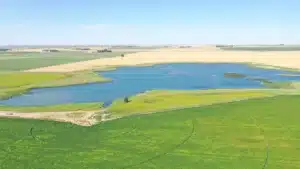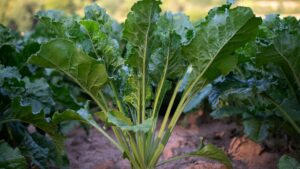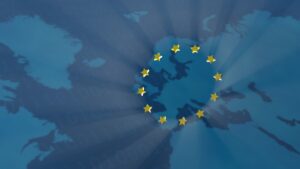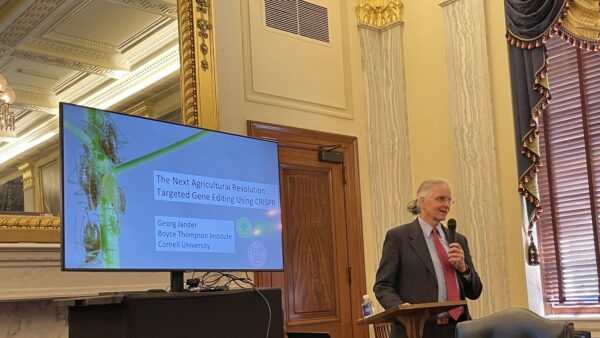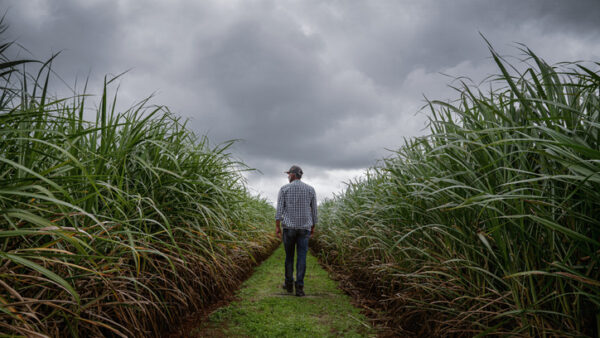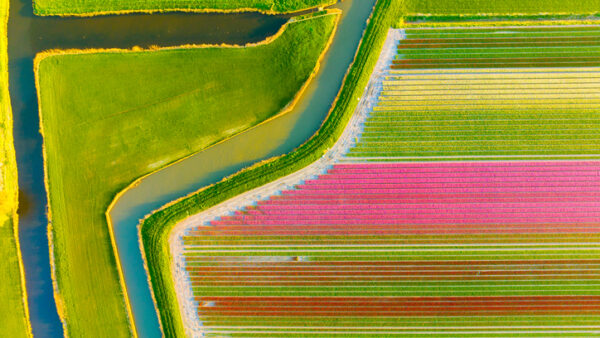Researchers discover the potential need for pesticide regulation adjustment.
The European Food and Safety Authority (EFSA) announced the development of a guide and software tool coined the Persistence in Soil Analytical Model (PERSAM). The model executes exposure assessments in soil, according to a release.
The PERSAM model “has helped to calculate the concentration that could be anticipated of a given application of plant protection products,” said Manu Soto, lecturer at the University of the Basque Country (UPV/EHU). “We have now managed to extrapolate the potential risks of these concentrations and the factors influencing that risk, not only taking soil conditions into consideration, but also the type of crop and the type of pesticide used.”
Soil attributes and environmental variables differ across Europe’s latitudinal axis, influencing forecasted environment concentrations, level of toxicity to soil biota and characterization of risk, explained the release.
“If toxicity varies depending on soil characteristics, the logic of applying a single dose across Europe cannot be followed, as one dose may have no effect in Sweden, but may exert an effect in Spain or France, for example. The EFSA wanted to make this differentiation and contacted our group because it was essential to develop a landscape-based assessment method that would take regional variability into account,” said Erik Urionabarrenetxea, a UPV/EHU researcher.
Members of the Department of Zoology and Animal Cell Biology explored the impact of four pesticides on two types of organisms in various locations across northern, central and southern Europe. Researchers conducted the study with earthworms and springtails, as earthworms display effects of contamination in soil and springtails through the contamination existing in the soil’s aquatic pores.
“Depending on the diet and needs of each organism, some are more vulnerable than others to contamination present in one soil compartment or another,” said the team.
The team believes many factors must be taken into consideration when calculating risk. The study revealed risks shown in the concentrations differ greatly from one soil compartment to another. Based on their findings, researchers think the issue needs to be seen as a factor, in addition to potential landscape variabilities among different Euroregions.
“A great deal of variability can be seen between the north and the south of Europe, but also within each region,” according to the team. “It is a matter of calculating the risk better, and not just sticking to the concentrations, as they can be highly variable. It is important to look at the toxic effects caused by these concentrations, their potential effects and the risks involved, when it comes to subsequently applying them to agricultural practices. The need to take into account soil characteristics is a major step forward, as it has not been taken into account until now.”
Researchers believe there is still work to be done in this field and are now analyzing the effect their findings could have from an environmental perspective.
Read More:
Public Consultation Rethinks European Regulations for New Plant Genomic Techniques
New Gene Editing Regulations Knock Doors Down for England
Breaking News: India Issues Ruling Favorable to Gene Editing



